Final Project concepts
This blog tracks idea development. The oldest articulations are at the bottom of the page, and the most recent updates at the top.
May 02, 2016
Shaping physical experience has formed a part of my concerns as an artist for many years. A large part of my motivation comes from growing up as a dark-skinned woman in a male-centric immigrant family in the American Midwest. My existential struggles began early and now manifest themselves in an attachment to creating things that occupy space and that generously acknowledge the body.
I create work that combines an interest in how the body reacts to space, how we re-map space through storytelling, how objects can facilitate storytelling by being concrete things that are held in common, and, finally, in how objects and technology combine to create dynamic imagery able to be read at many levels.
This project grows out of the popular concept of adding health and energy to our work stations. As I myself plunge into more technology work, I feel a personal need to improve my physical experience of working. I started with the idea of a standing desk, an acknowledged solution for what I was thinking about. I wanted two more elements in my experience: a regular, small amount of movement instead of just standing (see Wurf boards, for constant balance, in the slideshow below). And I wanted an awareness of time: some kind of timing system that would both help focus and break the focus to offer physical respite. I looked to the Pomodoro Technique, invented by Francesco Cirillo as a timing technique for organizing your workday, as a guide.
There was one final element that came to mind: water. Working all day requires being hydrated. So I wanted contact with water, an awareness of it as part of the routine, to be another aspect of this project.
So, that makes for (1) slight, regular movement; (2) a tomato timer; and (3) water. These are the well-known parts of a permaculture system. The model often used in permaculture is of a relatively independent environment that emerges from tilapia fish (in constant movement) whose poop fertilizes tomato plants via a circular water system. So permaculture has become a trope for making design decisions about this project. The name then presented itself: the Shelf-Sufficient.
Slides from the first presentation of the idea, 08 Apr 2016 ~ this group of images also includes a clepsydra (water clock) as a timing system:
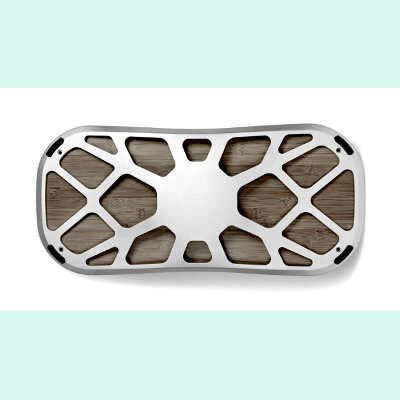
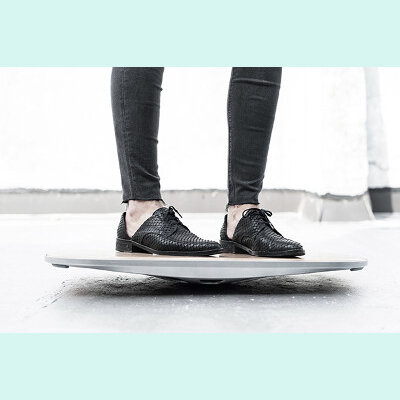
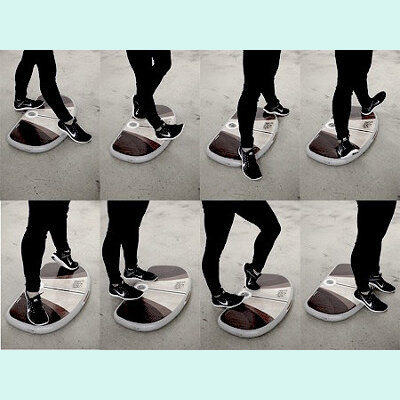
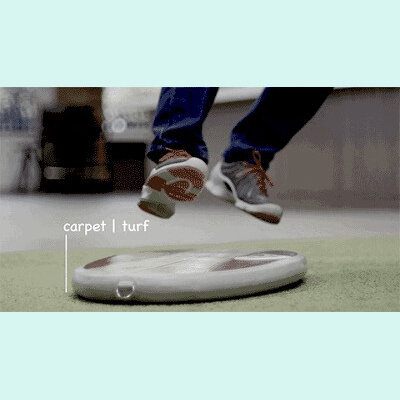
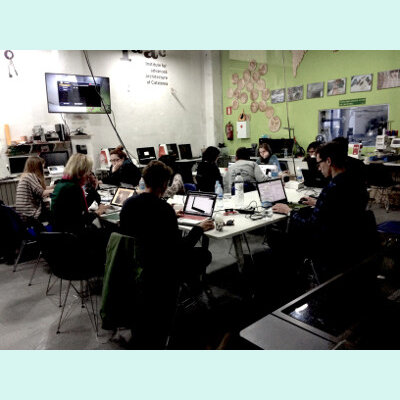
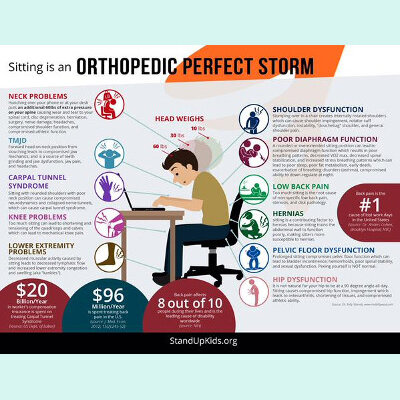
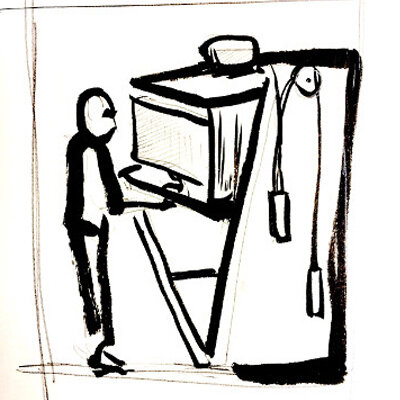
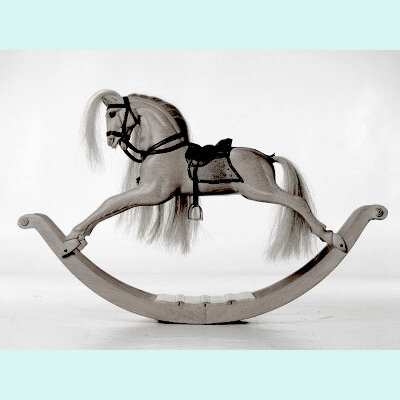
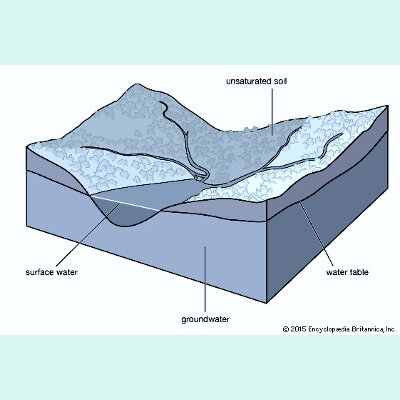
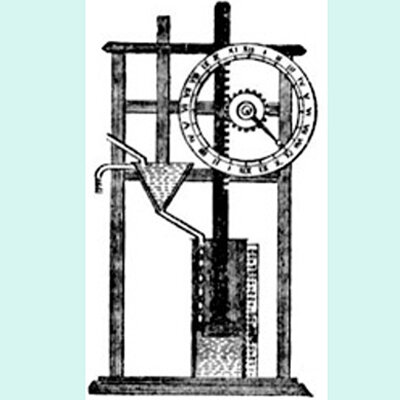
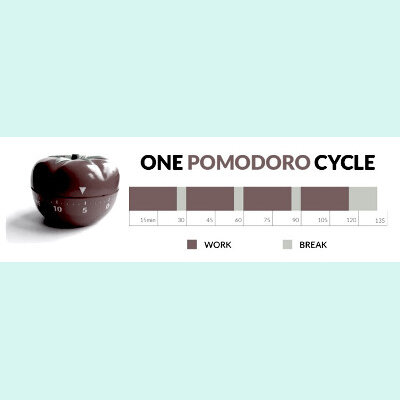
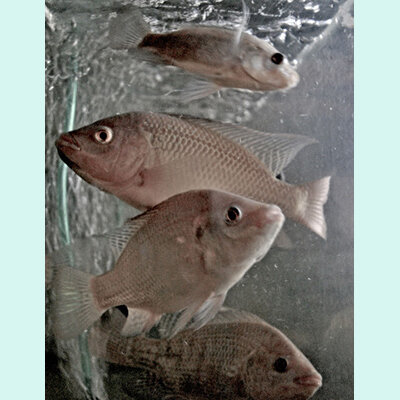
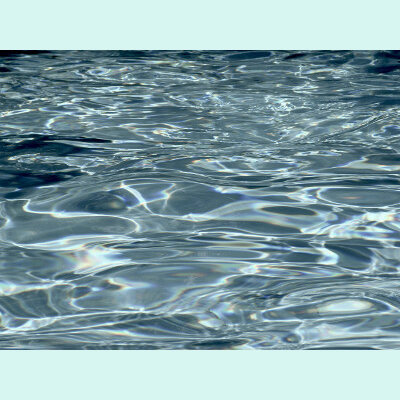
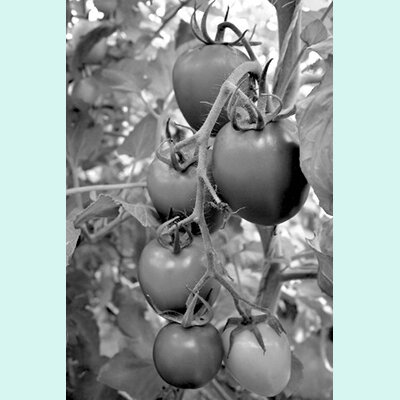
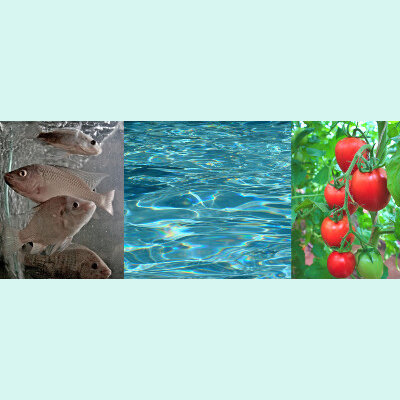
After working with the CNC milling project, during which I designed and built a standing desk that I now use at home, and talking with Guillaume Teyssié about his work with aquaponics, I decided to change the timing part of the desk from a clepsydra to an awareness about watering and caring for plants. In my original standing desk design, the sides of the unit are sloped. Growing from this idea, the current plan is to make terraced shelves to hold many plants. It is inspired by the look of vertical farming.
In addition to needing to make a practical schedule for this idea, I am still searching for its humor, its playfulness. No work environment should be without this!
OLDER THOUGHTS ///////////////////////////////////////////////////////////
///////////////////////////////////////////////////////////////////////////////////////////
April 27, 2016
- Elements of final project ~
Active Workstation with design aspects drawn from aquaponics:
- FISH: constant, slow movement. An electrical line/circuit for balance.
- TOMATO: a timing system, drawn from Pomodoro work method
- water, another element in the system, may serve as a water clock / timing system somehow
- GREEN PLANTS: in the visual field, with which to interact
- Important Affective Aspects:
- coziness, protection
- standing / balance / rest, and more active non-work state (away from desk)
- design pleasure, humor, hilarity
March 2016
My ideas are changing, hopefully evolving, every week, every day. Rather than jump to products, let me linger on principles.
I'm an artist. Art encourages society to turn its head toward the things the artist feels are important to notice. That's why I'm learning about niche-market 3-D through Fab Academy.
I'm looking to target audiences that are not normally served by art and tech experiments. I am interested in the rhythm of the interaction ~ rather than excited children and teenagers bopping around, a different rhythm of engagement. The work, whatever it is, will, in the approach to it, set up a rhythm for encountering it. This might be through aesthetics or environment or a combination.
I want the work to combine affect with mechanics, electronics, and connectivity.
I would feel very accomplished if I were able to incorporate a non-didactic narrative into the piece.
The thing needs to reach out some handles of meaning into the world around it, in a way that is more emotive than measuring.
It will be interactive; i.e., used. And it aspires to be nice to look at.
///////////////////////////////////////////////////////////
///////////////////////////////////////////////////////////